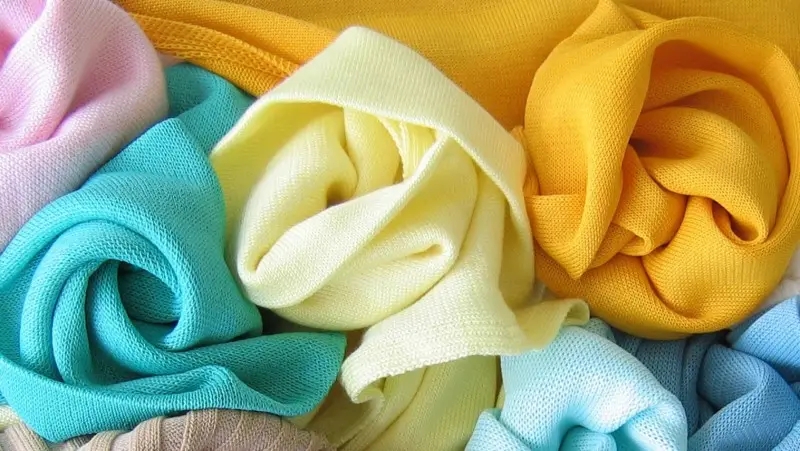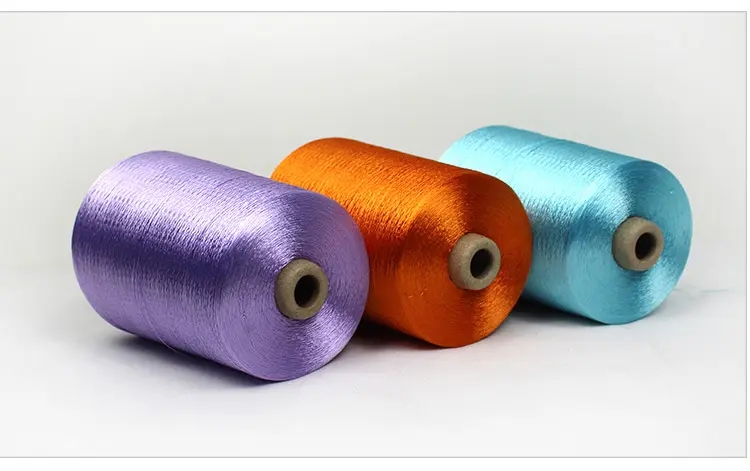What is viscose fiber?
Viscose fiber belongs to cellulose fiber. By using different raw materials and adopting different spinning technology, there can obtain ordinary viscose fiber, high wet modulus viscose and high tenacity viscose fiber, etc. Ordinary viscose fiber has general physical and mechanical properties and chemical properties. It can be divided into the type of cotton, wool and filament, which are commonly known as artificial cotton, artificial wool and rayon. The moisture absorption of viscose fiber meets the physiological requirements of human skin. It is smooth, cool, air permeable, anti-static, anti-ultraviolet, colorful and in good dyeing fastness, etc. It has the nature of cotton and the quality of silk. It’s native plant fiber. It is from nature but superior to nature. At present, it is widely used in all kinds of underwear, textile , clothing and non-woven, etc.
The advantages and disadvantages of viscose fiber
1.Advantages
Viscose fiber fabric has super anti-static property. It will not be stuck to the skin. So it feels smooth and dry. Especially it is suitable for making sportswear. Its moisture content is most in line with the physiological requirements of human skin. Also it has good air permeability and moisture adjustable function. It is called “The breathing fabric”. The ready-made garment made of viscose fiber is soft , smooth, dry, air permeable, anti-static and brilliant dyed, etc.
2.Disadvantages
Although viscose fiber has many advantages, there exist some defects. The weight itself is heavy, so it is poor in elasticity. If pressed and kneaded, it will wrinkle easily. Also it has poor restorability. It is difficult to recover to original state. Moreover, viscose fiber is not washable. After long time washing, there will be hair loss, pilling and shrinkage.
Post time: Oct-06-2022



